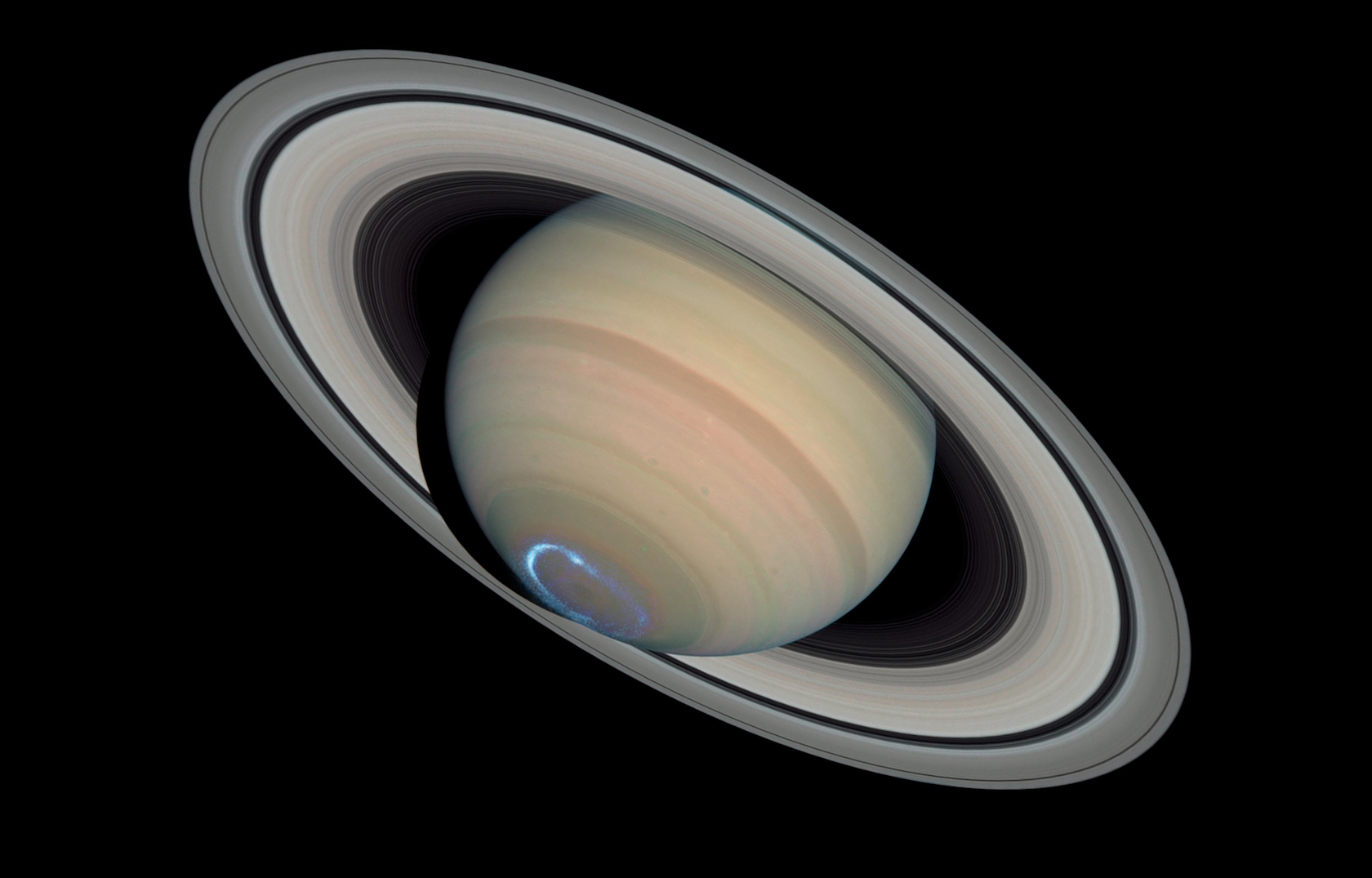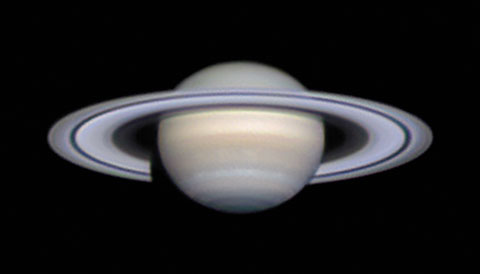
It has a thick yellow-orange-like atmosphere made up of methane and nitrogen, and its surface was found to contain many liquid methane lakes. Titan is Saturn's largest moon and is the second-largest moon in the Solar System.The Cassini spacecraft has observed water plumes jetting out into space, revealing a possible habitable environment under its surface. One of Saturn's smallest moons, Enceladus, is covered in ice and appears to have an ocean hidden below its frozen surface.It's now recognized as having the most known moons of any planet in the Solar System. With the discovery of 20 additional moons orbiting around Saturn, its moon tally now stands at 82-three more than Jupiter.If Saturn were hollow, more than 700 Earths could easily fit inside of it.When they are on opposite sides of the Sun, they can be over a billion miles apart. When the Earth and Saturn are at their closest, they lie approximately 746 million miles apart.It would take 9.5 Earths side by side to span Saturn's equatorial diameter and 21 Earths side by side to span its massive rings.On Saturn, you would be nearly 30 years old celebrating your first birthday! It takes 29.5 Earth years for Saturn to orbit around the Sun.He's credited with discovering Saturn's rings.

Instead, he noted that the gas giant had "lobes." Dutch astronomer Christiaan Huygens was the first to propose that Saturn was surrounded by a ring in 1655.


Saturn has captured the admiration of telescope viewers for hundreds of years. The planet's opulent rings indeed evoke this image of wealth.

Named after the Roman god Saturnus, Saturn is known in Greek mythology as Cronus, the god of agriculture and abundance. There is no more breathtaking object in our Solar System than the sixth planet from the Sun, Saturn.


 0 kommentar(er)
0 kommentar(er)
